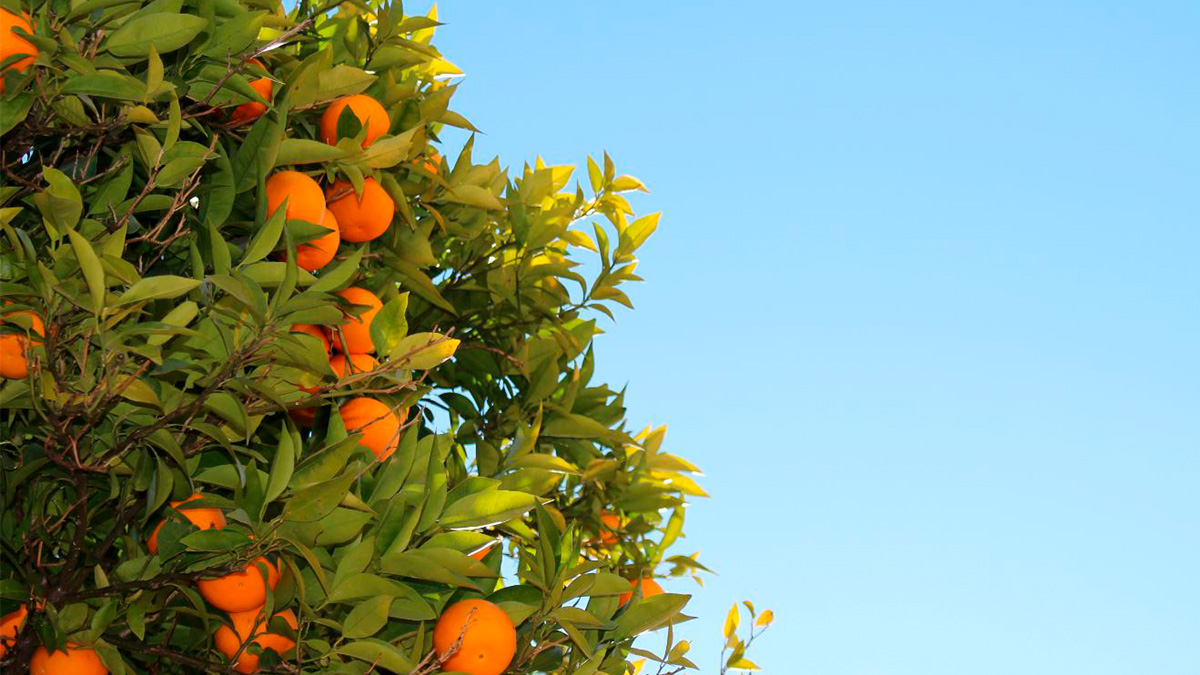Click here to read the Spanish version.
The effects of climate change are negatively impacting citrus production, plunging the agricultural scenario into a dystopian reality; hand in hand with constant market speculation, and inflation due to scarcity and soil erosion. A paradigm that has direct consequences on the availability of food in the supermarket.
Beyond the exponential rise in the value of olive oil, society is now plunged into another product crisis, that of citrus production in general, and oranges in particular, due to the instability of the earth’s climate, a plague that stalks the global harvest.
Orange juice prices are soaring to exorbitant levels, with record highs since 19666 . In fact, in two years they have tripled on the international market, rising in value due to the difficulty of production caused by the climatic emergency provoked by El Niño and the hurricanes that have impoverished their harvests.
The production of the main exporters, such as Florida, is 70% lower than in the 2020 season, while others, such as Mexico and Brazil, are reducing their forecasts for the year, citing difficulties in the harvests due to the higher weather.
The spread of the plague
To all this has been added the invasion of a pest that affects the quality of the fruit. An extreme version of a challenge that threatens to spread from America to Africa and Europe called Candidatus Liberibacter, responsible for a bacterial disease known as Huanglongbing (HLB), the most destructive citrus pathology in the world, which results in the death of millions of trees.
HLB is present in the five main citrus-producing countries such as China, as well as in Spain, the sixth largest citrus-producing country in the world, which is also threatened by this bacterium that, for the moment, is spreading in the north of Spain. Specifically, Trioza erytreae, the insect vector of the more benevolent African strain of the disease.

